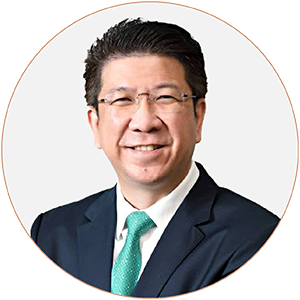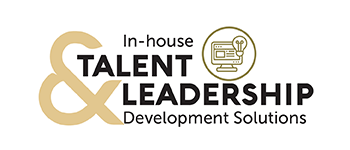

The
#1 Global Coaching &
Leadership Development Partner
Transforming
Leaders &
Changing The World
For The Better
We enable
Innovative Results
Based Solutions.

Dato' Mohd Khalis Abdul Rahim
Group Chief Human Capital Officer
Malaysia Aviation Group & Malaysian Airlines

"Partnering with ITD World has been a fulfilling journey, transforming our approach to our accelerated talent development programmes. Their interventions have empowered our talents with a strategic outlook, making them well-rounded, grounded, resilient, and agile at the same time, enabling our talents to navigate today's dynamic business environment with more confidence and poise. ITD World also, played a pivotal role in rebuilding the competency of our HR team. Their bespoke interventions have transformed our HR professionals into consummate business partners. Their tailored approach, specifically designed to meet our needs, has been a game-changer. ITD World's commitment to delivering customised solutions has been instrumental in driving our success in our accelerated talent development initiatives and in enhancing our HR capabilities."

IRIS CHIANG
Head of Human Capital Development,
ASIA, AMS

"AMS Sensors Asia received the 'Best Global Leadership Development Program' Award during the 6th Global Leadership Congress. We like to thank ITD World, our partner for leadership development. Your programs are of the highest quality."

R. VIJAYA KUMAR
Former Director,
Employees Provident Fund (EPF) Learning Center

"The CTP program provided us with a structured view of training. I find it very effective. The faculty of the course was excellent, both in terms of methodology and presentation."

DR. WILLIAM J. ROTHWELL
Professor The Pennsylvania State University,
Award Winning Author of over 100 Books

"The ITD Group is a highly professional international HRD organization with a strong and talented multinational team. They have never failed to exceed my high expectations."

DR. AGAPOL NA SONGKLA,
Global Chief People Officer,
Thai Bev Group

"ITD World has delivered excellence in all the projects. Your teams have delivered outstanding results for us and you serve from the heart to really make a difference to our leaders. ITD World team, you are truly the best leadership development strategic partner."

“Partnering with ITD World has been a fulfilling journey, transforming our approach to our accelerated talent development programmes. Their interventions have empowered our talents with a strategic outlook, making them well-rounded, grounded, resilient, and agile at the same time, enabling our talents to navigate today’s dynamic business environment with more confidence and poise. ITD World also, played a pivotal role in rebuilding the competency of our HR team. Their bespoke interventions have transformed our HR professionals into consummate business partners. Their tailored approach, specifically designed to meet our needs, has been a game-changer. ITD World’s commitment to delivering customised solutions has been instrumental in driving our success in our accelerated talent development initiatives and in enhancing our HR capabilities."
Dato' Mohd Khalis Abdul Rahim
Group Chief Human Capital Officer
Malaysia Aviation Group & Malaysian
Airlines


"AMS Sensors Asia received the "Best Global Leadership Development Program" Award during the 6th Global Leadership Congress. We like to thank ITD World, our partner for leadership development. Your programs are of the highest quality."
IRIS CHIANG,
Head of Human Capital Development,
ASIA, AMS


"The CTP program provided us with a structured view of training. I find it very effective. The faculty of the course was excellent, both in terms of methodology and presentation."
R. VIJAYA KUMAR,
Former Director,
Employees Provident Fund (EPF) Learning Center


"The ITD Group is a highly professional international HRD organization with a strong and talented multinational team. They have never failed to exceed my high expectations."
DR. WILLIAM J. ROTHWELL,
Professor The Pennsylvania State University,
Award Winning Author of over 100 Books


"ITD World has delivered excellence in all the projects. Your teams have delivered outstanding results for us and you serve from the heart to really make a difference to our leaders. ITD World team, you are truly the best leadership development strategic partner."
DR. AGAPOL NA SONGKLA,
Global Chief People Officer,
Thai Bev Group







































